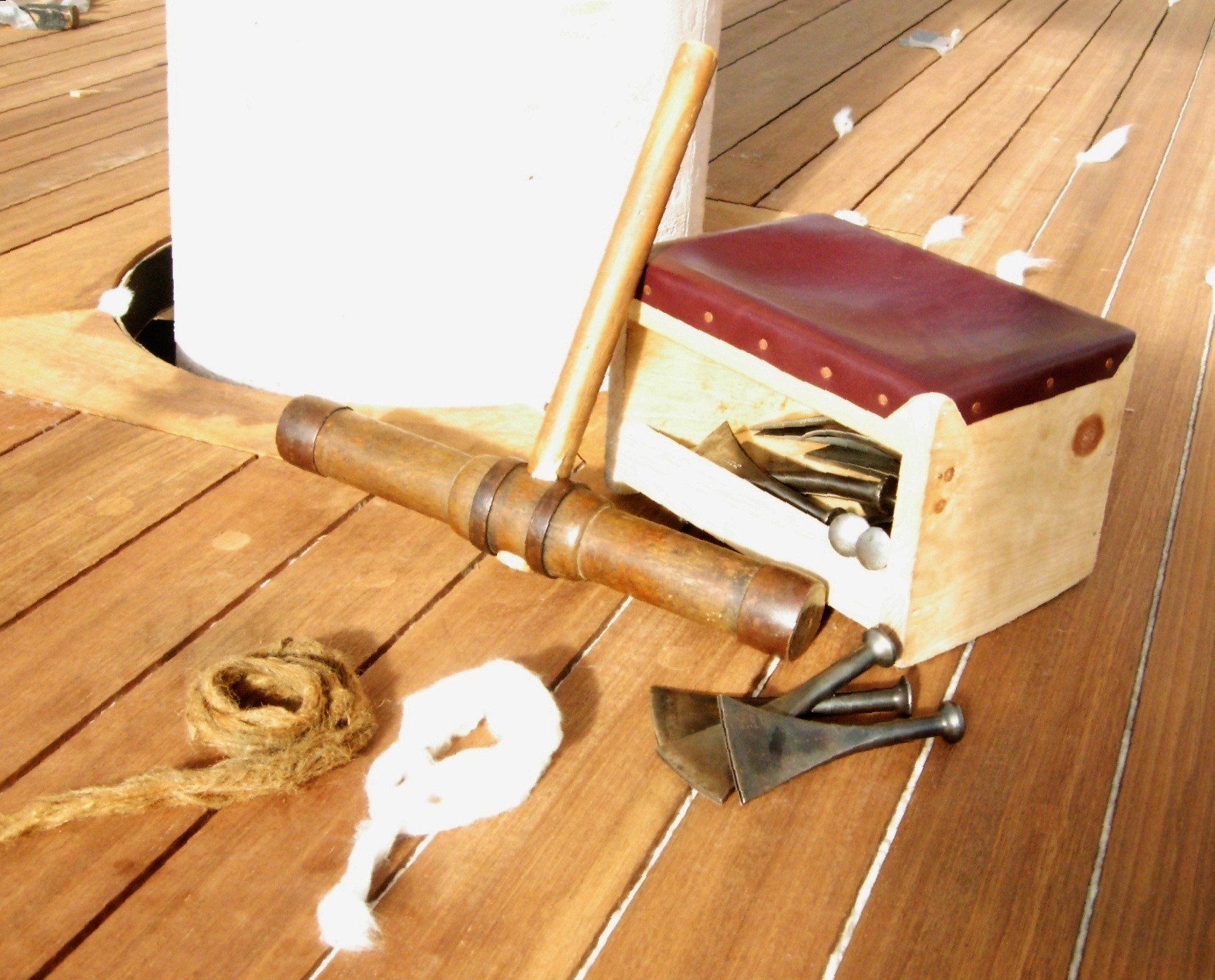What are the cheapest DIY flooring is what which can rejuvenate your living space without straining your budget. Look no further! In this guide, we’ll walk you through a variety of wallet-friendly and beginner-friendly DIY flooring options that can breathe new life into your living spaces. Flooring plays an important role in modifying the atmosphere of your home and giving it a brand-new appearance. But not everyone wants to shell out a premium for expert installation. You’ve come to the correct place if you’re on a tight budget and searching for a quick and simple solution to upgrade your flooring. In this post, we’ll delve into the world of do-it-yourself flooring and examine some of the most affordable and simple ways to give your room a stunning makeover.https://thefloorclubjax.com/cheapest-flooring-install/
Table of Contents
Introduction
What are the Cheapest DIY Flooring? It’s not necessary to entirely renovate your flooring for it to be pricey. DIY flooring options provide homeowners wishing to refurbish their property on a budget an attractive and inexpensive option. Whether you’re a seasoned DIY enthusiast or a novice seeking to embark on your first project, there are many solutions available to suit your needs.https://www.houzz.in/ideabooks
Unveiling the Magic of DIY Flooring
DIY projects bring a sense of accomplishment and personalization to your space. The allure of transforming your living space with your own hands is simply irresistible. As you ponder “What is the Cheapest DIY Flooring? A Real Guide,” you’re on the cusp of an exciting journey towards a budget-friendly and elegant home makeover.
Benefits of DIY Flooring
Before we dive into the practicalities of choosing and installing DIY flooring, let’s explore the benefits. Cheapest and easiest DIY flooring doesn’t just save you money – it empowers you to take control of your home’s aesthetics. A DIY flooring project has a variety of advantages. It not only helps you save money on personnel investments, but it also enables you to take pride in your job. DIY flooring gives you the power to customize your house to your tastes and gives you a sense of accomplishment.
Choosing the Right Flooring Option
Selecting the right cheapest DIY flooring option requires a bit of consideration. Before diving into a DIY flooring project, it’s crucial to choose the right flooring material. Consider the traffic the room receives and the overall aesthetic you want to achieve. Each flooring type has its unique benefits and limitations, so it’s essential to align your choice with your practical needs.
The Budget-Friendly Elegance
When it comes to revamping your floors, the cost can be a significant factor. Traditional flooring materials and professional installation expenses can quickly add up. However, with the concept of “What is the Cheapest DIY Flooring? A Real Guide,” you’re about to explore alternative approaches that are both budget-friendly and elegant.
Considering Aesthetics and Style
The visual appeal of the room is substantially enhanced by your flooring. There is a DIY option that matches your style, whether you want the modern appearance of laminate or the organic touch of wood. When choosing your choice, consider the color palette and current furnishings in the room.
Exploring Your Options
Peel back the layers of mundane flooring and delve into a world of creativity and affordability. From peel-and-stick vinyl tiles to repurposed plywood, the possibilities are boundless. As you immerse yourself in the depths of “What is the Cheapest DIY Flooring? A Real Guide,” you’ll discover a plethora of options that cater to your unique style and preferences.
Top Cheapest and Easiest DIY Flooring Ideas
Now, let’s explore some of the cheapest DIY flooring ideas that can elevate your space without emptying your wallet:
1.Peel-and-Stick Vinyl Tiles
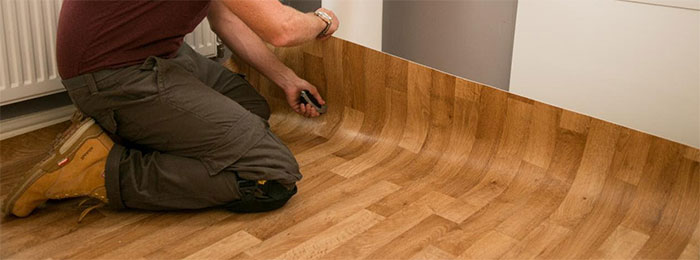
If you’re searching for a hassle-free option, peel-and-stick vinyl tiles are your go-to solution. These tiles come with adhesive backing, making installation a breeze. They are available in various styles and designs, allowing you to achieve the look of hardwood, stone, or tile without the hefty price tag.
2.Laminate Flooring
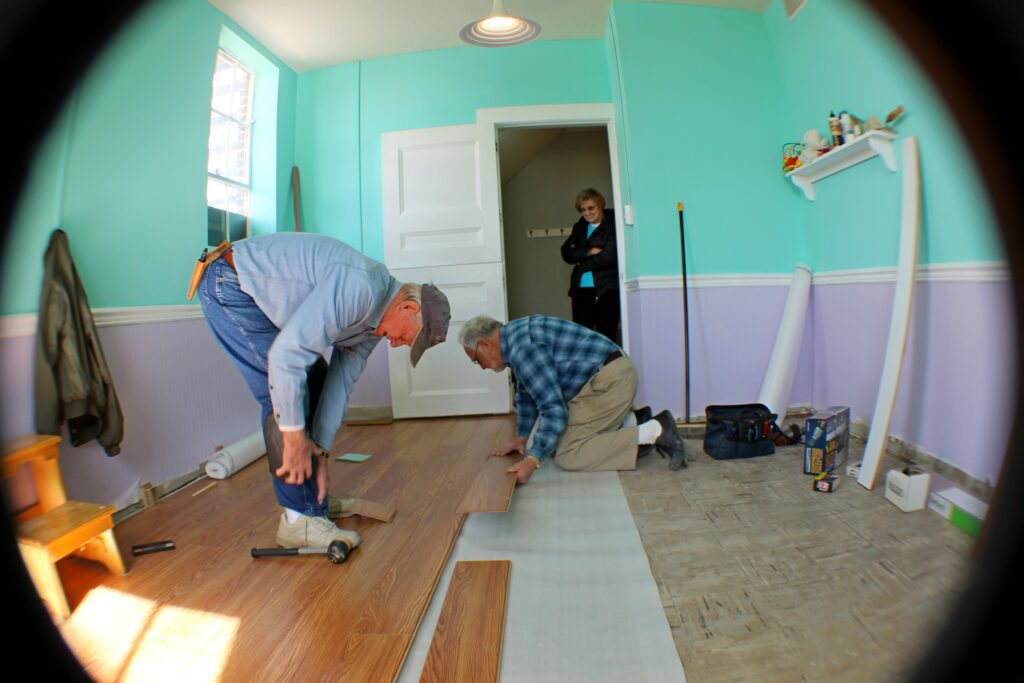
Laminate flooring offers the appearance of hardwood at a fraction of the cost. With a tongue-and-groove locking system, planks are easy to install. Laminate is also resistant to scratches and dents, making it ideal for busy households.
3.Plywood Flooring

Plywood, once relegated to subflooring, has gained popularity as a budget-friendly flooring option. Sand, stain, and seal the plywood sheets to create a rustic and charming aesthetic. This option works well in minimalist and industrial-style spaces.
4.Painted Concrete Floors
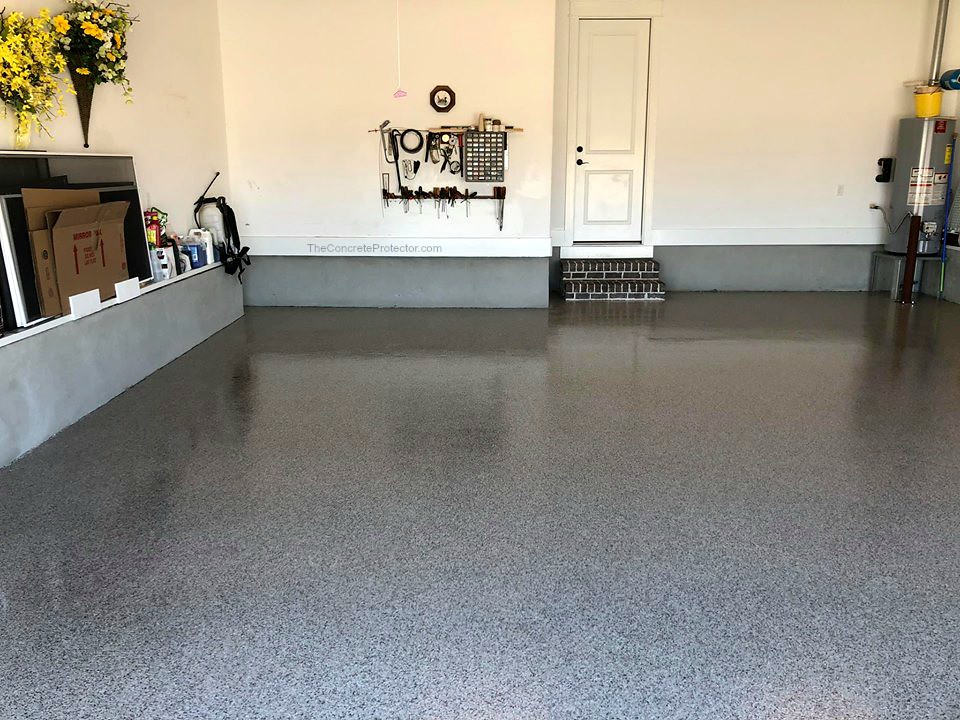
If you’re looking to add an artistic touch, consider painting your concrete floors. Use stencils or tape to create intricate patterns, or go for a solid color for a sleek modern look. Sealing the painted surface ensures longevity and easy maintenance.
5.Cork Flooring
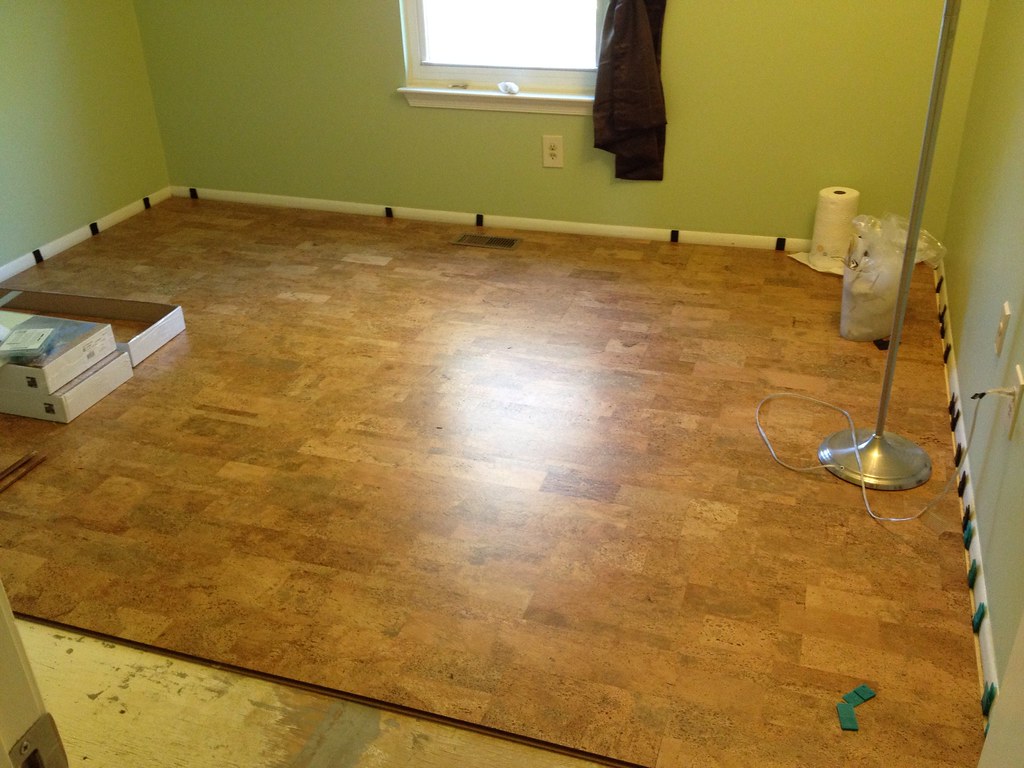
Cork flooring is not only eco-friendly but also adds a unique texture to your space. It’s comfortable to walk on and provides insulation. Installation involves gluing down tiles, and the natural patterns of cork create a visually appealing result.
Materials You’ll Need
As you dive into your DIY flooring project inspired by “What is the Cheapest DIY Flooring? A Real Guide,” ensure you have the essential tools at your disposal:
- Chosen flooring material
- Measuring tape
- Utility knife
- Underlayment (if required)
- Adhesive or nails (depending on the material)
- T-square or straight edge
- Spacers (for laminate flooring)
Step-by-Step Installation Guide
Follow these general steps for a successful DIY flooring installation:
1.Preparing the Subfloor
Ensure the subfloor is clean, dry, and level. Remove any debris, and repair any damage before proceeding.
2.Acclimating the Flooring Material
Allow your chosen flooring material to acclimate to the room’s temperature and humidity as per the manufacturer’s instructions.
3.Measuring and Cutting
Measure the room’s dimensions accurately, and cut the flooring material accordingly. Leave space for expansion if required.
4.Installing the Flooring
Follow the manufacturer’s guidelines for installing the flooring. This might involve adhesive application, interlocking planks, or gluing down tiles.
5.Adding Finishing Touches
Install baseboards and trim to complete the look. Make sure all edges are neat and well-finished.
Maintaining Your DIY Flooring
To ensure the longevity of your DIY flooring, follow these maintenance tips:
1-Regular Cleaning Tips
Sweep or vacuum regularly to prevent debris from scratching the surface. Use manufacturer-approved cleaners for deep cleaning.
2-Dealing with Wear and Tear
Keep spare flooring material for quick repairs. Address scratches and dents promptly to prevent further damage.
Frequently Asked Questions
1-Can I install DIY flooring in any room?
Yes, DIY flooring can be installed in various rooms, including living rooms, bedrooms, kitchens, and even bathrooms.
2-How durable are these DIY flooring options?
Most DIY flooring options are designed to be durable and long-lasting, with proper maintenance.
3-What tools do I need for installation?
Basic tools like a measuring tape, utility knife, and adhesive are commonly required. Specific tools vary based on the chosen flooring type.
4-Can I combine different flooring types in my home?
Yes, you can mix and match flooring types to create distinct zones within your home. Just ensure a smooth transition between materials.
5-Is DIY flooring suitable for high-moisture areas?
Some options, like vinyl and tile, are better suited for high-moisture areas. However, proper sealing and maintenance are essential.
Conclusion
Embarking on a DIY flooring project is a rewarding endeavor that can breathe new life into your home without draining your wallet. By choosing the right flooring material and following the installation steps, you can create a stylish and inviting space that reflects your personal style. With a little effort and creativity, you’ll enjoy the fruits of your labor for years to come.
